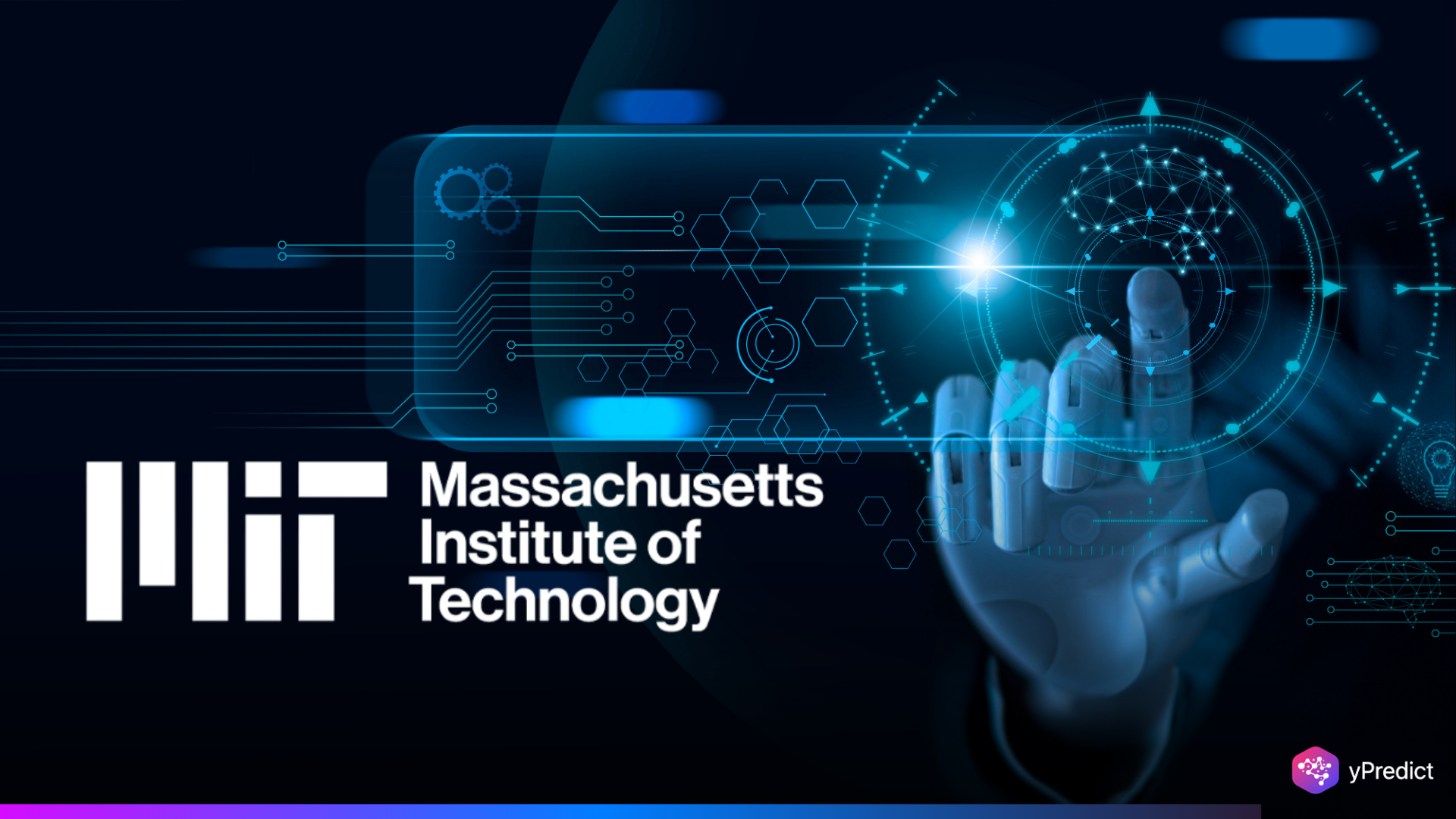
MIT researchers have introduced a groundbreaking framework that could change the way scientists design and improve artificial intelligence models. Dubbed the “periodic table of machine learning,” this novel system organizes more than 20 classical algorithms into a unified structure, helping experts fuse existing methods to generate better-performing models or entirely new ones.
The idea stems from a unifying equation that describes how machine learning algorithms understand and approximate connections between data points. By reframing familiar methods using this equation, the MIT team has built a table highlighting the relationships between them and revealing gaps that signal the potential for undiscovered algorithms.
A Unified Framework for AI Discovery
MIT graduate student Shaden Alshammari stumbled upon the concept while analyzing clustering algorithms. She noticed surprising similarities with contrastive learning techniques and eventually uncovered a shared mathematical foundation. This led the team to formulate a single equation that could describe a wide variety of machine learning methods, from spam filters to large language models.
Working alongside researchers from MIT, Google AI, and Microsoft, Alshammari helped create I-Con (Information Contrastive Learning), the framework behind the table. I-Con classifies algorithms based on how they interpret data relationships and their strategies for minimizing approximation errors. Like the chemical periodic table, it includes “blank spaces” where yet-to-be-invented algorithms logically belong.
This approach has already borne fruit. The researchers combined elements from two separate techniques to create a new image-classification model that outperformed state-of-the-art methods by 8%.
Filling the Gaps With Smarter Algorithms
As the team mapped out their machine learning periodic table, they spotted gaps in the matrix — hints at algorithmic approaches yet to be explored. To test the framework’s usefulness, they devised a new algorithm by applying contrastive learning logic to clustering. The result: a significant 8% improvement in classifying unlabeled images.
They also demonstrated how data-debiasing techniques originally meant for contrastive learning could be repurposed to enhance clustering models. This cross-pollination of strategies underscores the power of I-Con as a tool not just for organizing existing knowledge, but for fueling creative innovation in AI. The flexible framework even allows for new rows and columns to be added, capturing future algorithms based on more complex or abstract relationships between data points.
Reshaping AI Research with a Map for the Future
Beyond creating stronger models, I-Con offers researchers a roadmap to think more holistically about machine learning. Instead of relying on intuition or trial-and-error to build new systems, scientists can use the periodic table of machine learning to explore algorithmic space more systematically.
“This is not just a metaphor,” says Alshammari. “We’re seeing machine learning as a structured system — a space that can be explored logically rather than guessed at.”
Experts believe this could have major implications in a field overwhelmed by a deluge of new papers and techniques. According to Professor Yair Weiss from the Hebrew University of Jerusalem, frameworks like I-Con are rare but invaluable, helping unify decades of fragmented AI research under one elegant structure.
Conclusion:
MIT’s periodic table of machine learning isn’t just a clever metaphor — it’s a working blueprint that could fast-track the development of smarter, more efficient AI models. By exposing the hidden links between old algorithms and opening the door to new ones, this framework could change the trajectory of AI discovery for years to come.





